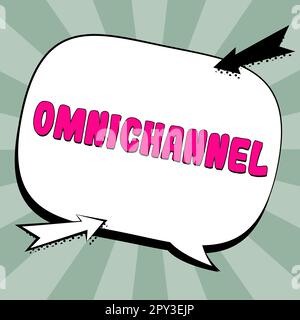

Here are several tips that you should keep in mind: 1).
Different types of grids how to#
How to use grid layouts to improve your UI designs?Īfter learning the benefits that a clear grid layout can bring, let's see how you can create a grid layout. It is also a good method to impress users and promote product brands. Unlike symmetric grids that help designers create comfortable UIs, broken grids help them showcase information on a page differently and create more interesting yet eye-catching visual effects. The visual hierarchy will also be enhanced easily with the aid of the grid.

It can also help you create a layout template for all your key pages. Keep all page layout consistentĪ clear grid layout can help you and your team to set consistent sizes, spacing, blocks for your projects. When working with designers and developers, a clear grid layout helps to avoid any misunderstanding and mistakes. Grid acts as a guide that allows you and your team to place elements and structure your designs consistently. Easier collaboration with designers and developers Grid layouts offer a clear structure of horizontal and vertical lines that makes it easier for designers to place and align elements on a page. Using a grid it's much easier to keep everything in order. Here are the main reasons why you should build an effective yet eye-catching grid layout: 1). These days, designers always have their own reasons to use grid layouts. It is one of the most critical parts for designers who want to create fully responsive projects.
In comparison with the fixed grid layout that can only be viewed on a particular device, the responsive grid layout enables you to view page content on different devices and platforms. So, let's talk about this type of grid.Ī responsive grid layout is a grid layout that can scale with different screen sizes. “What is responsive grid layout, and how can I use it to improve my design?“ is a very common question among UI designers. It can be a good choice for designers who want to create a distinctive yet personalized design for users.

Asymmetric grid allows designers to create a more interesting yet ordered page layout. Equal columns or rows help designers create a comfortable and aesthetically pleasing layout.Īsymmetric grids, also called broken grids, do not have any center line or point. Symmetric grids often follow a center line and enable designers to distribute all content around a center point or axis. Generally speaking, there are two major types of UI grid layouts: Symmetric and asymmetric. Grid layout types - Symmetric vs asymmetric.Here are several things you should know to understand grid layouts better: Let's first check a website grid example:Īs the image above shows, the pink grid has divided the CNN web page into many columns and gives designers an easier way to position and align texts, images, videos, and other elements on the page. No matter whether these lines are real or imaginary, a grid always serves as a framework or backbone that helps you position, align and arrange content on your page more precisely. When it comes to website or mobile app design, a grid is a set of intersecting horizontal and vertical lines that divide your pages into countless columns and rows.
Different types of grids professional#
If you are learning how to create a UI grid layout, this guide is for you. It illustrates the basics of grid layouts, such as what they are, why they are so important, and how you can use and create effective grid layouts. Examples, templates, and tools mentioned below will help you make more professional designs. It allows designers and developers to create more consistent and appealing UIs. Grids work as a framework that helps product teams to arrange UI elements in a way that allows maintaining good visual balance from page to page. Designers rely on layouts to introduce structure in design and give users a predictable rhyme as well as a sense of familiarity. Good organization and positioning of UI visual elements is key to creating a great web or mobile experience.


 0 kommentar(er)
0 kommentar(er)
